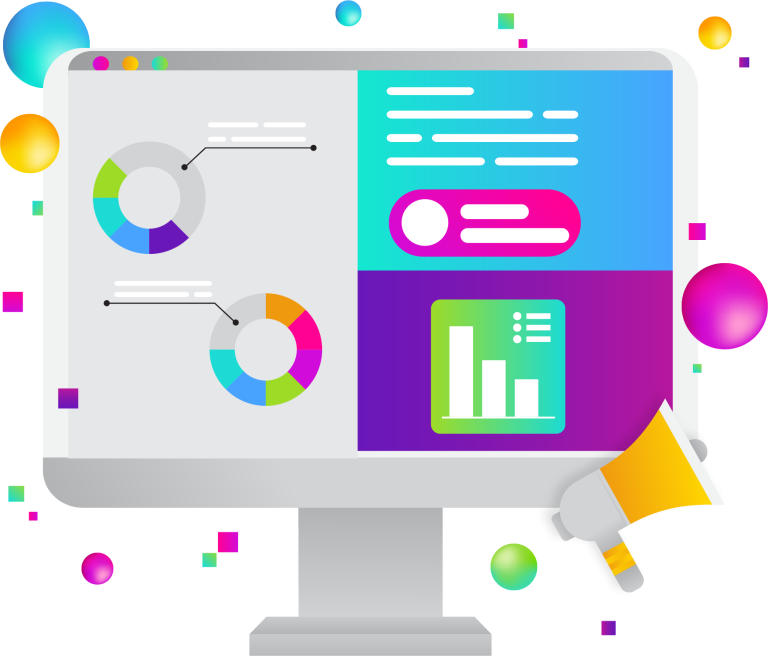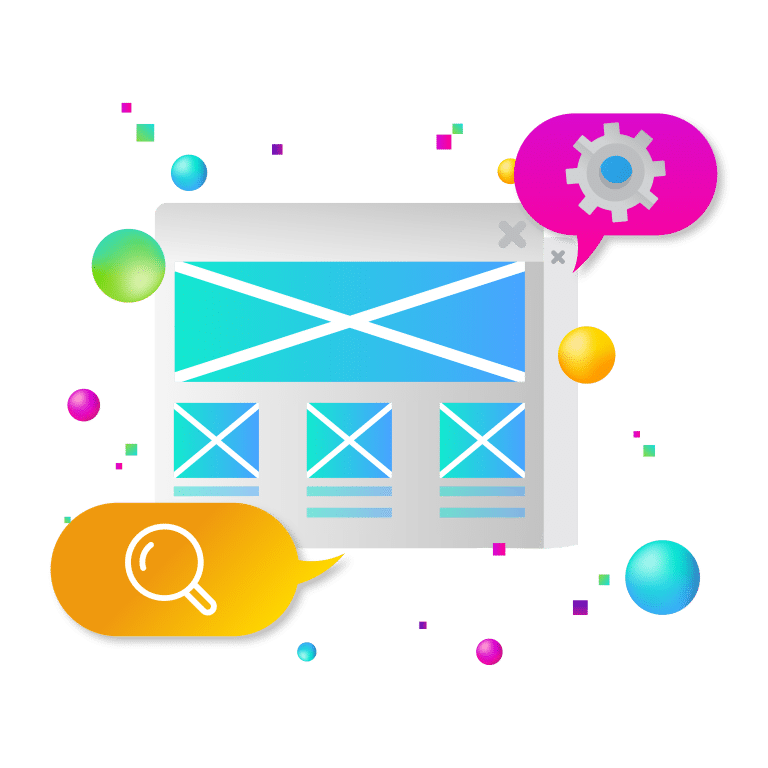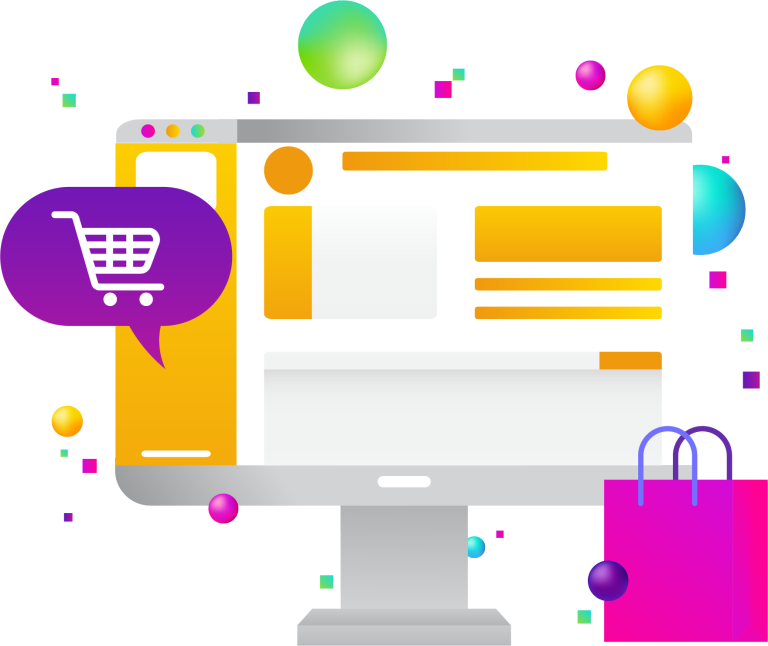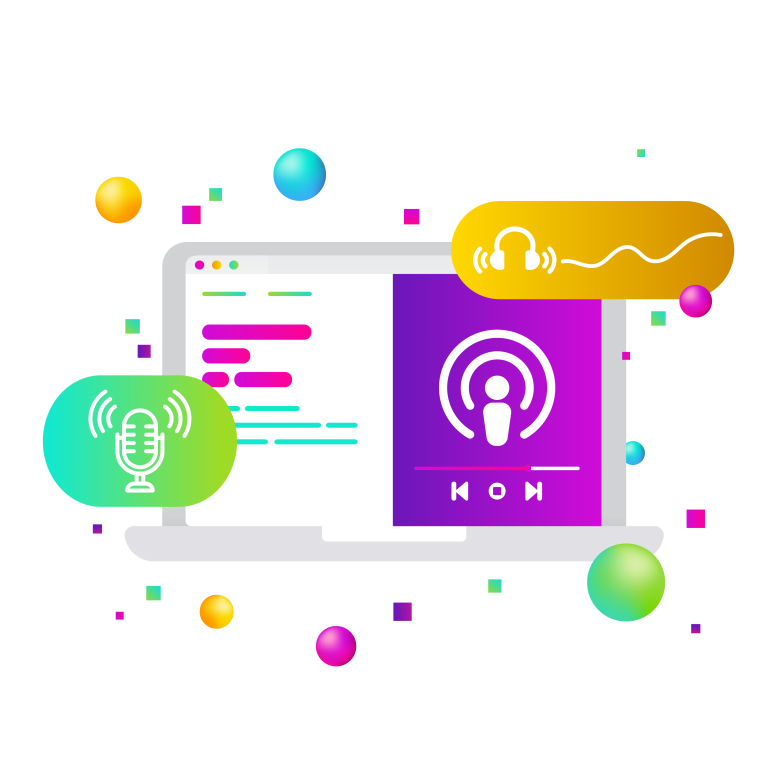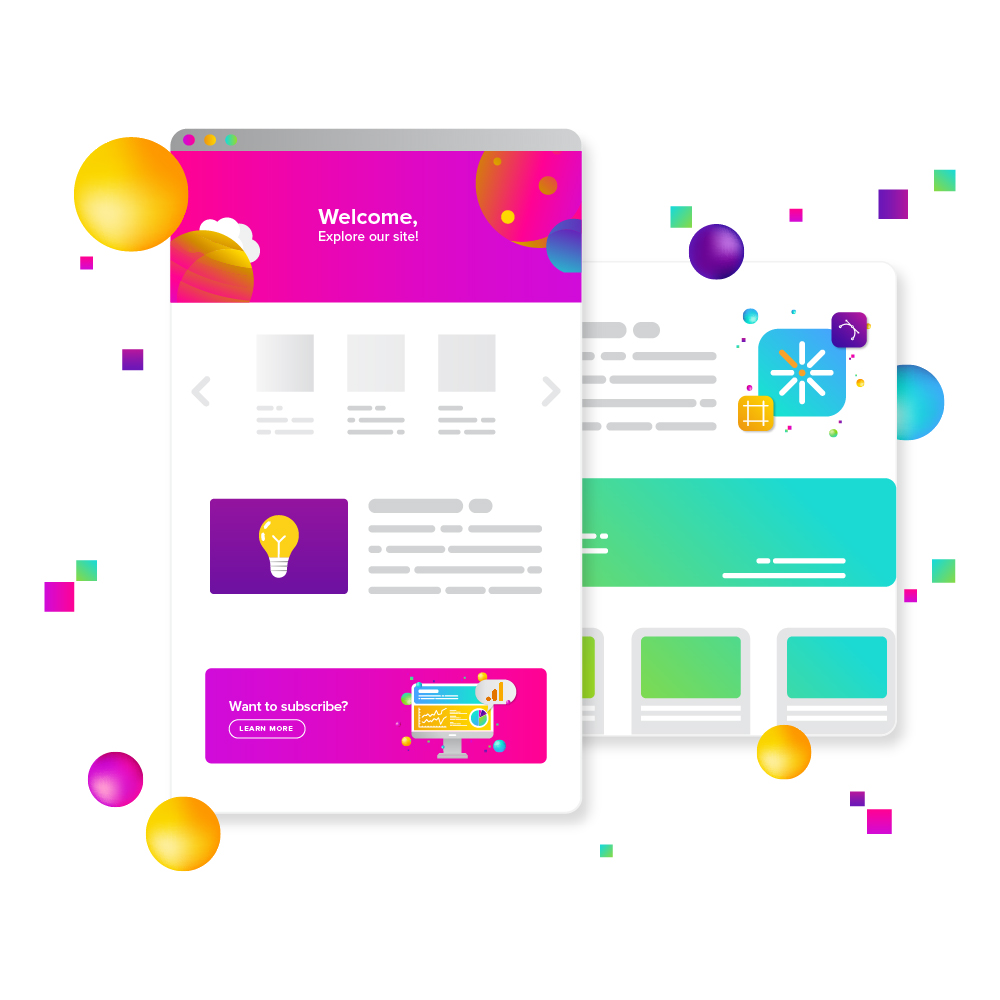
You’ve crafted the perfect PPC ad. The copy is tight, the targeting is dialed in, and the click-through rate is climbing. But unless your landing page is equally well-crafted, those clicks won’t turn into customers. This is where many campaigns fall flat.
Landing pages are the unsung heroes of PPC performance. They’re not just a destination—they’re a critical part of the conversion process. And if you’re not intentionally designing them to convert, you’re leaving ROI on the table.
Let’s take a deep dive into what makes a landing page not just good, but great—and how you can consistently design pages that amplify your PPC campaign results.
Why Landing Pages Matter More Than You Think
Many marketers think the battle is won with a great ad, but PPC success hinges just as much—if not more—on the post-click experience. A strong landing page can be the difference between a campaign that drives revenue and one that burns budget.
Landing pages matter because they:
- Maintain message match: A user clicks because of a specific promise in your ad. Your landing page must deliver exactly that promise—quickly and clearly.
- Reduce friction: Unlike homepages or generic product pages, PPC landing pages eliminate distractions and lead users directly to conversion.
- Improve Quality Score: In platforms like Google Ads, better landing page experience leads to better Quality Scores, lowering your cost-per-click and improving ad placement.
- Optimize for conversion: Every element—from the headline to the CTA—is purpose-built for a single, trackable goal.
In short, your landing page is not an afterthought. It’s the centerpiece of your conversion funnel.
The Anatomy of a High-Converting PPC Landing Page
To engineer consistent results, your landing pages must be intentionally structured. Think of them as high-performance vehicles—every part must serve a purpose, and all elements must work together smoothly.
A Singular Focus (No Distractions Allowed)
One page. One goal. That’s the golden rule of PPC landing pages.
Your page should focus exclusively on the campaign objective. If the goal is to get a user to sign up for a demo, then every part of the page should reinforce that action. Avoid common distractions like:
- Website navigation
- Footer links to unrelated content
- Social media icons
- Multiple CTAs or offers
Distraction is the enemy of conversion. By stripping your page down to its essentials, you can guide users down a clear path and reduce decision fatigue.
Headline That Hooks and Matches the Ad Copy
Your headline is your first impression—and on a PPC landing page, it must confirm that the user is in the right place. That means it should:
- Reflect the language or keywords from your ad
- Clearly state the benefit or offer
- Be bold and immediately visible
Avoid clever phrasing that sacrifices clarity. This isn’t the place for branding fluff—get to the point quickly. Users will scan your page in seconds, so the headline must hit hard and fast.
Compelling Visual Hierarchy
Design isn’t just about beauty—it’s about control. A strong visual hierarchy guides the visitor’s eye through the page in a logical and persuasive sequence.
Key design principles include:
- Above-the-fold content: Make sure your value proposition and CTA appear without needing to scroll.
- Contrast: Use bold colors and clear type hierarchy to make key elements stand out.
- Whitespace: Let your content breathe. A clean layout improves comprehension and encourages engagement.
- Responsive layout: Mobile visitors should get the same clarity as desktop users.
Visual hierarchy isn’t just aesthetics—it’s behavioral psychology. Use it to lead users toward your CTA with intention.
Persuasive Copy That Drives Action
Good copy isn’t about being poetic—it’s about being persuasive. Your landing page copy should be clear, concise, and conversion-driven.
Best practices:
- Focus on benefits, not features: Instead of “24/7 support,” say “Get help the moment you need it.”
- Use the second person: Speak directly to the user with “you” language.
- Break up text: Use short paragraphs, bullet points, and bolded phrases to make content skimmable.
- Overcome objections: Address potential concerns (e.g., pricing, trust, complexity) before they become barriers.
Your copy should build momentum toward the CTA, reinforcing the value of the offer with every section.
Trust Signals That Build Confidence
Skepticism is natural. To increase conversions, you need to earn trust quickly. Strong landing pages provide instant credibility through recognizable and reassuring elements.
Effective trust builders include:
- Client or partner logos: Especially if recognizable or industry-specific.
- Star ratings and testimonials: Short, relevant quotes from happy users are gold.
- Third-party badges: Security seals, certifications, and industry awards.
- Guarantees: Risk-reducers like “30-day money-back guarantee” or “No credit card required.”
Trust signals provide the social proof users often need to take the next step—especially in high-friction or high-ticket decisions.
A Strong, Clear Call to Action (CTA)
Your “Call to Action” (CTA) is the keystone of your entire page. It’s the moment of truth—where curiosity turns into action.
To make your CTA effective:
- Use clear, benefit-oriented text: “Get My Free Guide” outperforms “Submit.”
- Make it visually distinct: A bold color, large size, and white space around it draw the eye.
- Repeat it: On longer pages, repeat the CTA button or form at logical breaks.
- Create urgency: Where appropriate, use phrases like “Limited availability” or “Offer ends soon.”
Most importantly, make the action feel easy and rewarding. Reduce perceived effort while emphasizing immediate value.
Advanced Optimization Strategies
If you’ve implemented the basics, you’re in a strong position. But for serious performance gains, you’ll need to dig deeper with advanced tactics.
Dynamic Text Replacement (DTR)
DTR customizes elements on your landing page to match the exact keywords or parameters from your PPC ad. It’s a simple but powerful personalization technique that can boost conversions dramatically.
For example:
- Ad keyword: “Virtual fundraising tools”
- Landing page headline: “The #1 Virtual Fundraising Tool for Nonprofits”
DTR increases message match and relevance, which reduces bounce rates and improves user engagement.
Heatmaps and Session Recordings
Tools like Hotjar or Microsoft Clarity let you visualize how users interact with your page. You can discover:
- Where users click most
- Where they stop scrolling
- Which elements they ignore
This data helps eliminate friction points and double down on what’s working.
A/B Testing
Never assume your first draft is the best version. Split-test versions of:
- Headlines
- CTA buttons (color, position, wording)
- Form lengths
- Imagery
Iterative testing is how good pages become great. It’s not about guessing—it’s about data-driven refinement.
Optimize for Page Speed
Page speed directly affects bounce rate and Quality Score. If your landing page takes more than three seconds to load, users are leaving.
Speed tips:
- Compress images
- Minify CSS and JavaScript
- Use lazy-loading for media
- Host pages on a fast, reliable server
Common Landing Page Mistakes to Avoid
Here’s what to watch out for if your pages aren’t converting as expected:
- Generic messaging: Failing to reflect the promise made in the ad.
- Too many fields: Long forms kill conversions. Only ask for what you need.
- Cluttered layout: Visual noise creates confusion and leads to exits.
- Missing mobile optimization: A desktop-only page is a conversion disaster in a mobile-first world.
- Weak or unclear CTA: Don’t make users guess what to do next.
The remedy is almost always the same: simplify, clarify, and align everything with a single goal.
Matching Landing Pages to Ad Campaign Types
Not all PPC traffic is created equal. Match your landing page approach to the type of campaign driving traffic.
Search Ads
- Users have high intent
- Pages should be fast, factual, and to-the-point
- Focus on keyword alignment and trust signals
Display and Remarketing Ads
- Users are earlier in the funnel or already familiar
- Use more engaging visuals and brand-driven messaging
- Emphasize re-engagement and social proof
Social Media Ads
- Visitors are often browsing casually
- Make mobile experience frictionless
- Lead with emotion and visuals, not heavy text
Tailoring your landing pages to the intent and context of the ad source dramatically improves conversion potential.
Measuring Landing Page Performance
You can’t improve what you don’t measure. Start with these KPIs:
- Conversion Rate: Your ultimate metric—how many users take the desired action?
- Bounce Rate: High bounce often indicates a mismatch between ad and landing page content.
- Time on Page: Low time = low engagement. Consider your content and structure.
- Form Abandonment Rate: Are users bailing halfway through? Time to simplify.
- Click Maps and Scroll Depth: Where are users interacting—or not?
Use Google Analytics, heatmaps, and your ad platform’s conversion tracking to guide your testing and tweaks.
Don’t Let Clicks Go to Waste
Clicks are expensive. But conversions? That’s where your ROI lives. If your PPC landing pages aren’t designed with strategy and precision, you’re paying for traffic that simply won’t convert.
At New Target, we help organizations like yours make the most of their paid advertising investment. From tailored campaign strategies to high-converting landing page design, we take a holistic view of your PPC funnel.
Explore our full suite of digital marketing services, and check out our creative capabilities to see how we pair data with design to drive growth. Ready to transform your PPC performance? Let’s build your next landing page—with purpose.
